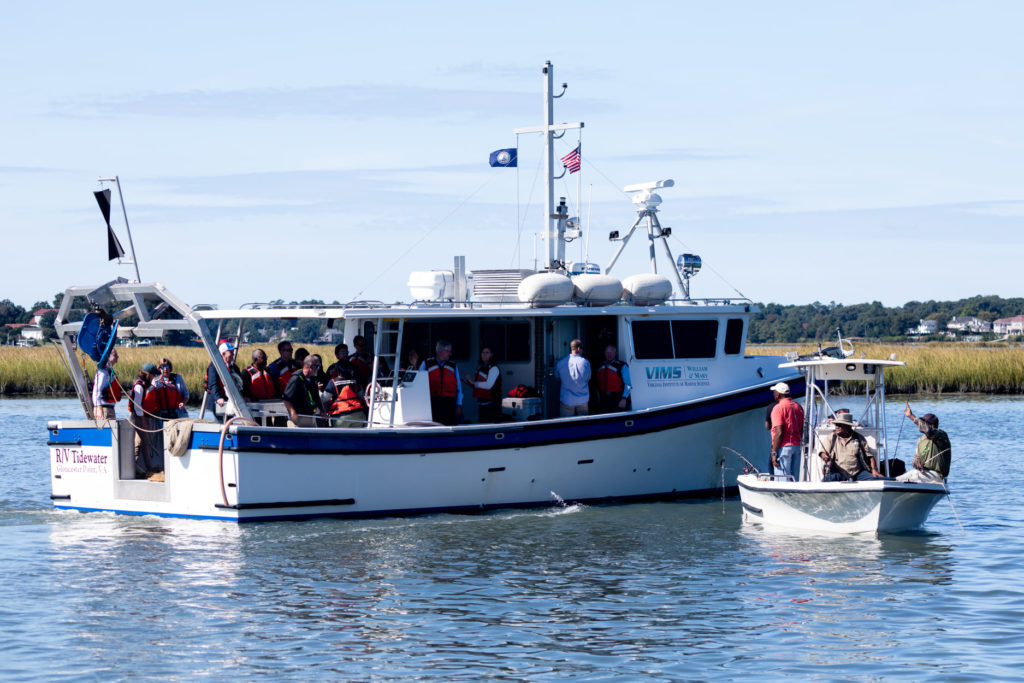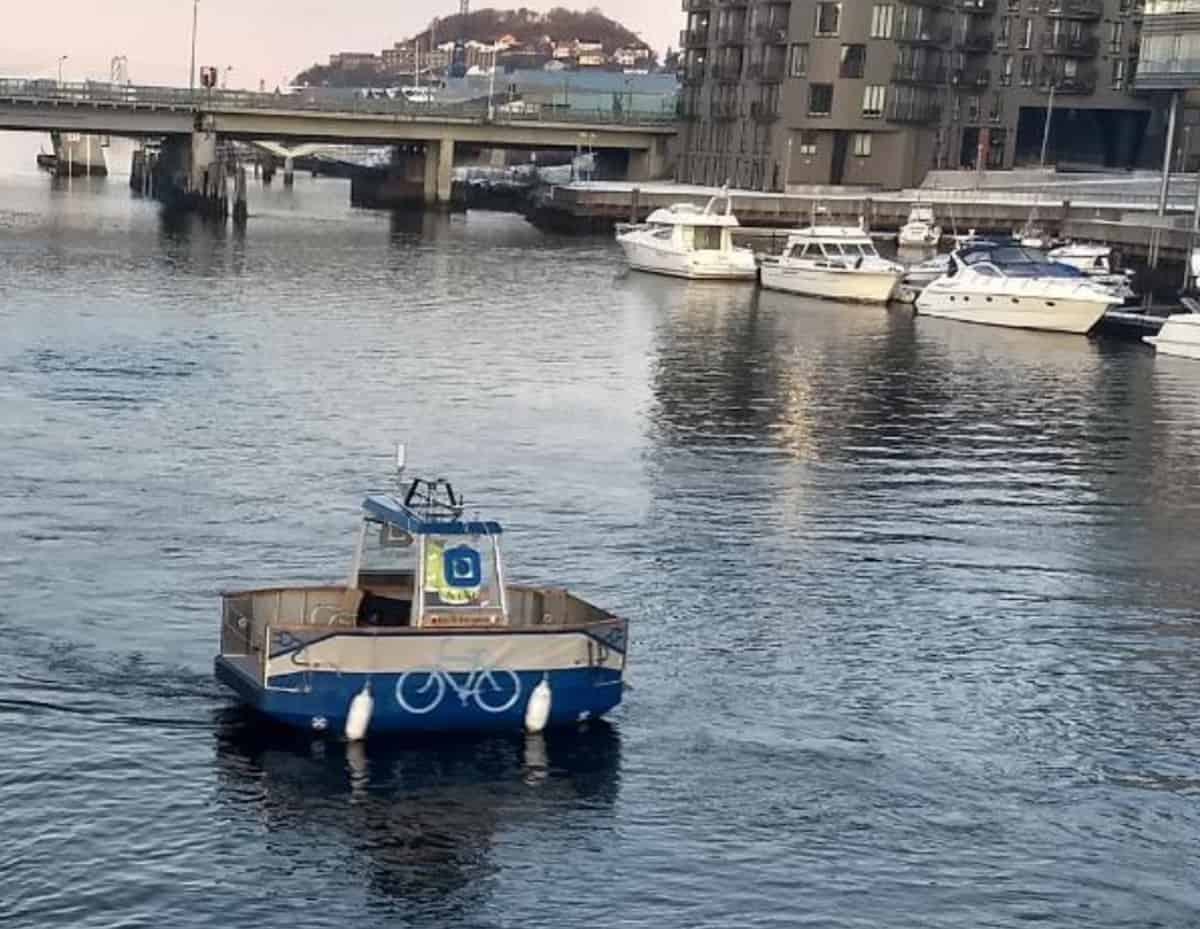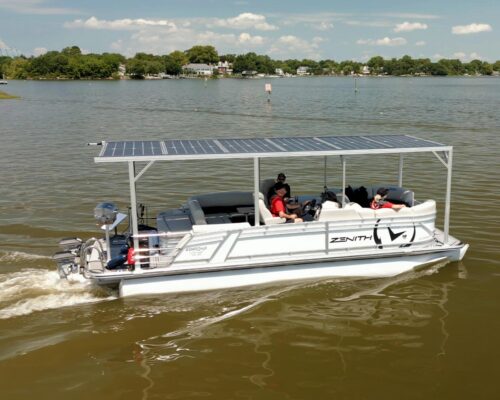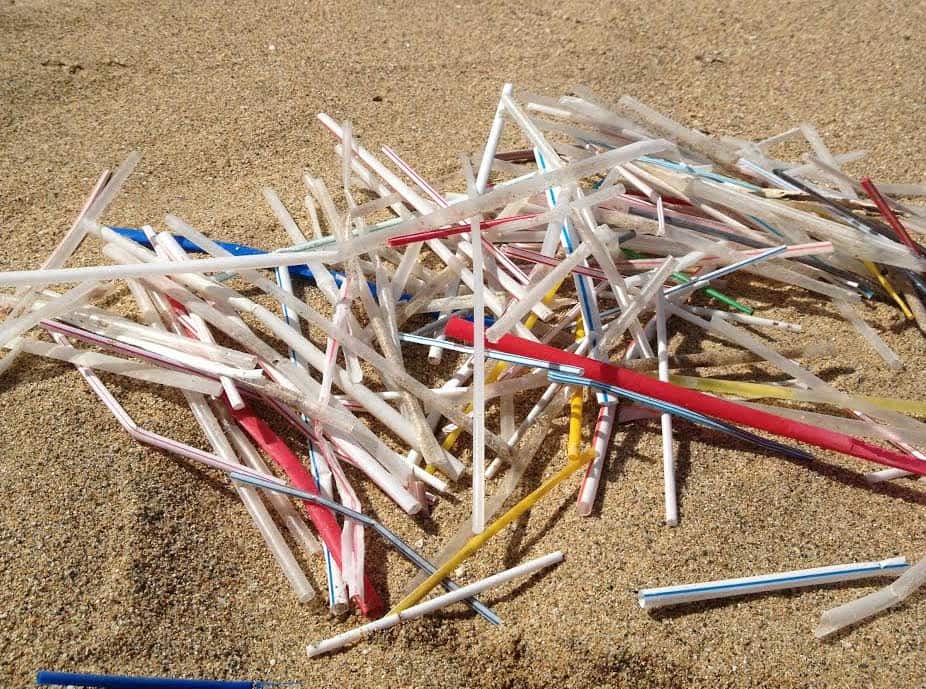The governors of the Chesapeake Bay watershed states and D.C. have signed a directive that promises they’ll double down on efforts to protect our region from climate change effects.
The Chesapeake Executive Council, which consists of leaders from Maryland, Virginia, Pennsylvania, West Virginia, New York, and D.C., along with the Chesapeake Bay Commission, met at the Chesapeake Bay Foundation’s Brock Environmental Center in Virginia Beach on Friday.
In signing the new directive, the states commit to collective action for climate change, acknowledging the serious threat it poses and the urgent action that is needed, Virginia Governor Ralph Northam explained. And it allows Bay leaders to have access to the best science possible, by working together, the Executive Council said.
Northam, who is the current chair of the Executive Council, said the climate change efforts are not only “for our generation but for future generations … At some point, we’re going to hand the baton off,” he said, arguing that awareness of the threat among young people is important.
The Executive Council took an on-water environmental education tour aboard a Virginia Institute of Marine Science (VIMS) vessel ahead of signing the new directive.
As examples of the climate-based action the Council will take, Northam cited “cost-effective, nature-based solutions” like planting trees, oyster reefs, and living shorelines. He also noted that many effects of climate change disproportionately affect low-income and minority communities, promising to build equity into the plan.
In the Directive No. 21-1 Collective Action for Climate Change, the Chesapeake Bay Program commits to prioritizing marginalized communities for resources, including a focus on wetlands, tree canopy and environmental literacy.
Maryland Governor Larry Hogan pointed out another, less obvious nature-based solution: freshwater mussels. Hogan said mussels could help offset pollution from the Susquehanna River and the Conowingo Dam—but also acknowledged that more federal support is needed to save the Susquehanna, the Bay’s largest tributary and greatest source of upstream pollution, both from land development and from agriculture.
With the Chesapeake Bay Program’s 2025 goal of a restored Chesapeake Bay now just four years away, 80 percent of the nutrient and pollution reductions need to come from agriculture, according to the Chesapeake Bay Commission.
Virginia Delegate David Bulova, chair of the commission, announced the Chesapeake Resilient Farms Initiative from the U.S. Department of Agriculture (USDA). As Bulova explained, “USDA partners have rallied around the idea that we need to make sure farmers have the resources they need to be able to implement practices on the ground that will make the most difference and stand the test of time with climate change.”
The Environmental Protection Agency (EPA) pledged that it is working with federal partners to demonstrate its strong commitment to restoring the watershed. Diana Esher, EPA’s Acting Regional Administrator, noted that “urgent attention is needed,” saying, “The health of the Bay and the 18 million people who live in this watershed go hand in hand.”
Despite the promises of the Chesapeake Executive Council, the Chesapeake Bay Foundation (CBF) criticized the Council for “falling short” and not going after Pennsylvania for failing to meet its commitments. In a statement, CBF President Will Baker said, “EPA failed to hold the Commonwealth [of Pennsylvania] accountable, even as CBF, its partners, and the Attorneys General of Delaware, Maryland, the District of Columbia, and Virginia are suing EPA in federal court to do just that.
“While Virginia has set a pollution-reduction goal that includes mitigating the damage from climate change, Maryland and Pennsylvania have not,” he noted.
-Meg Walburn Viviano




